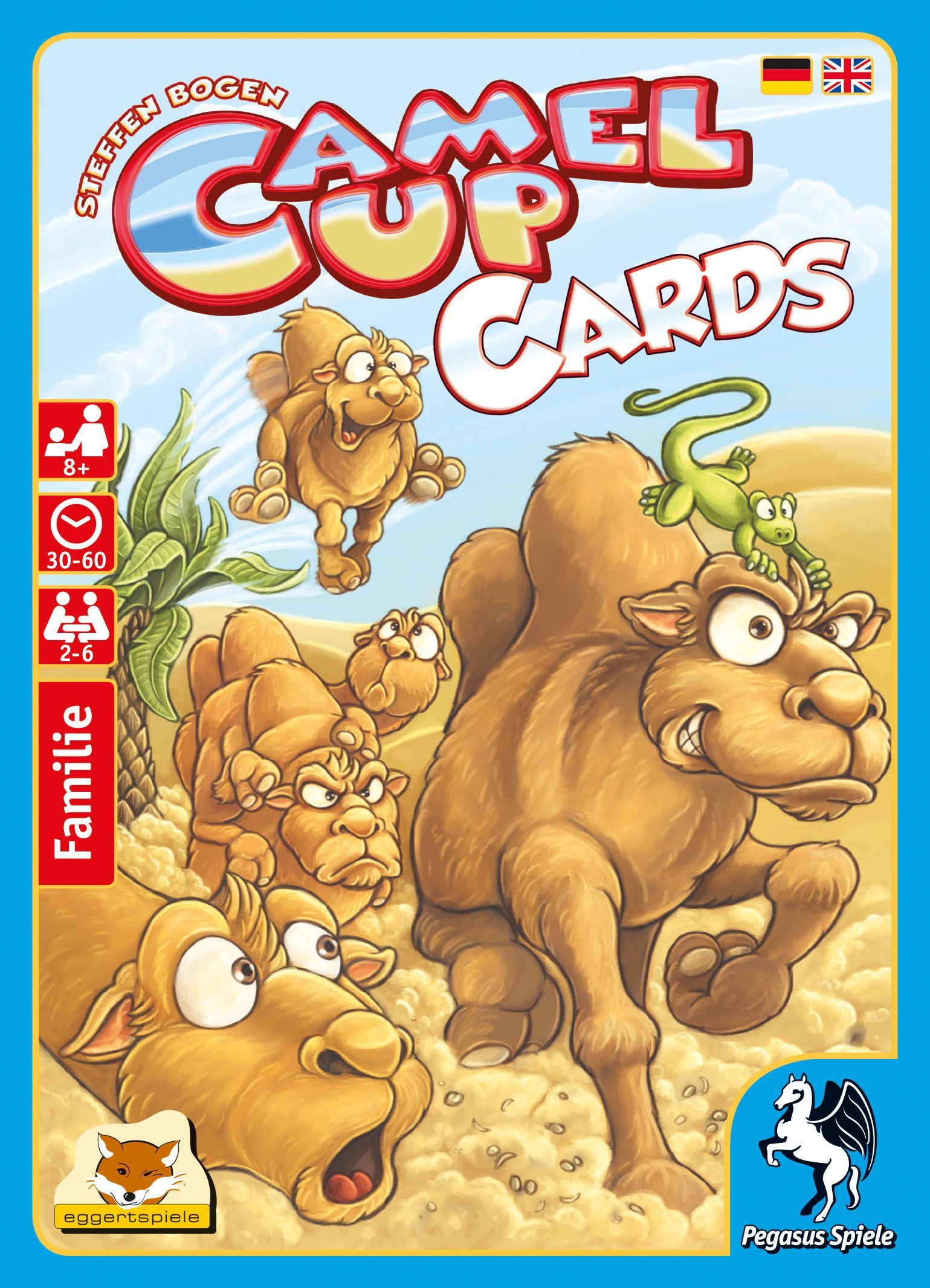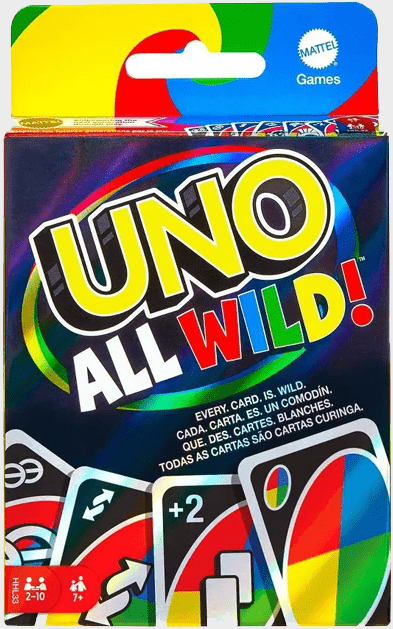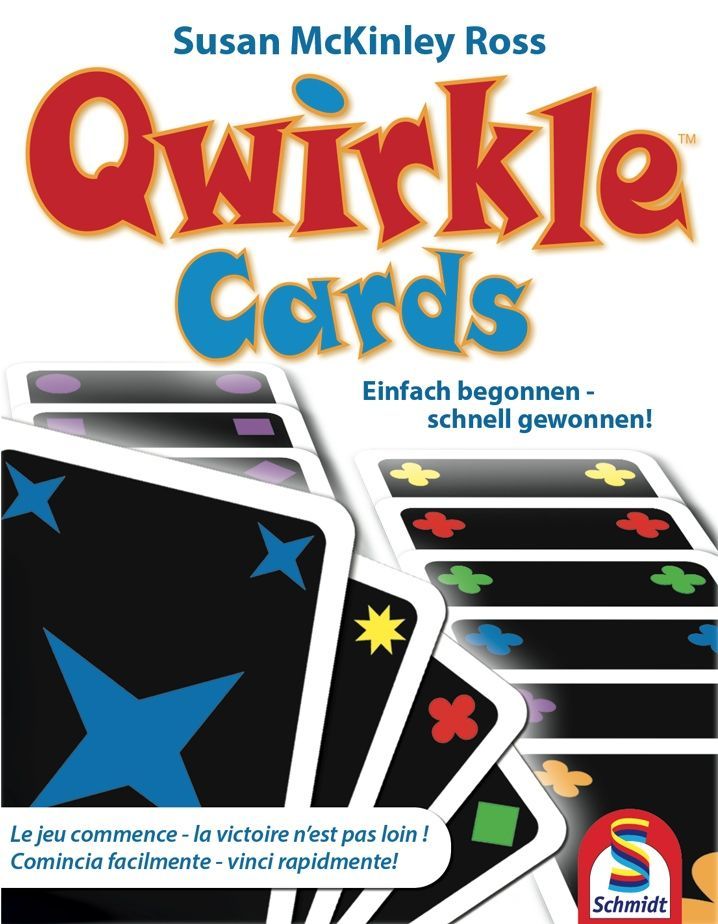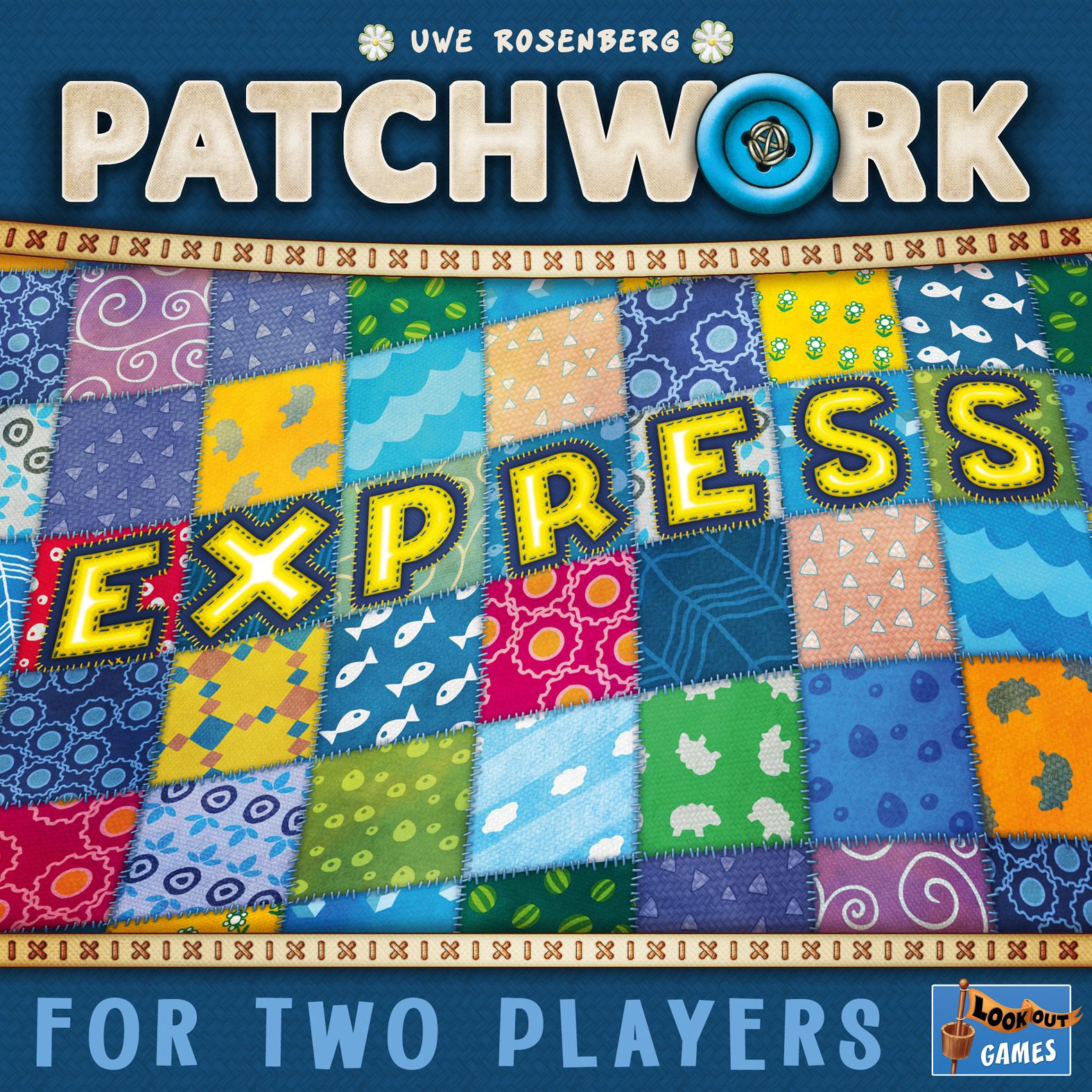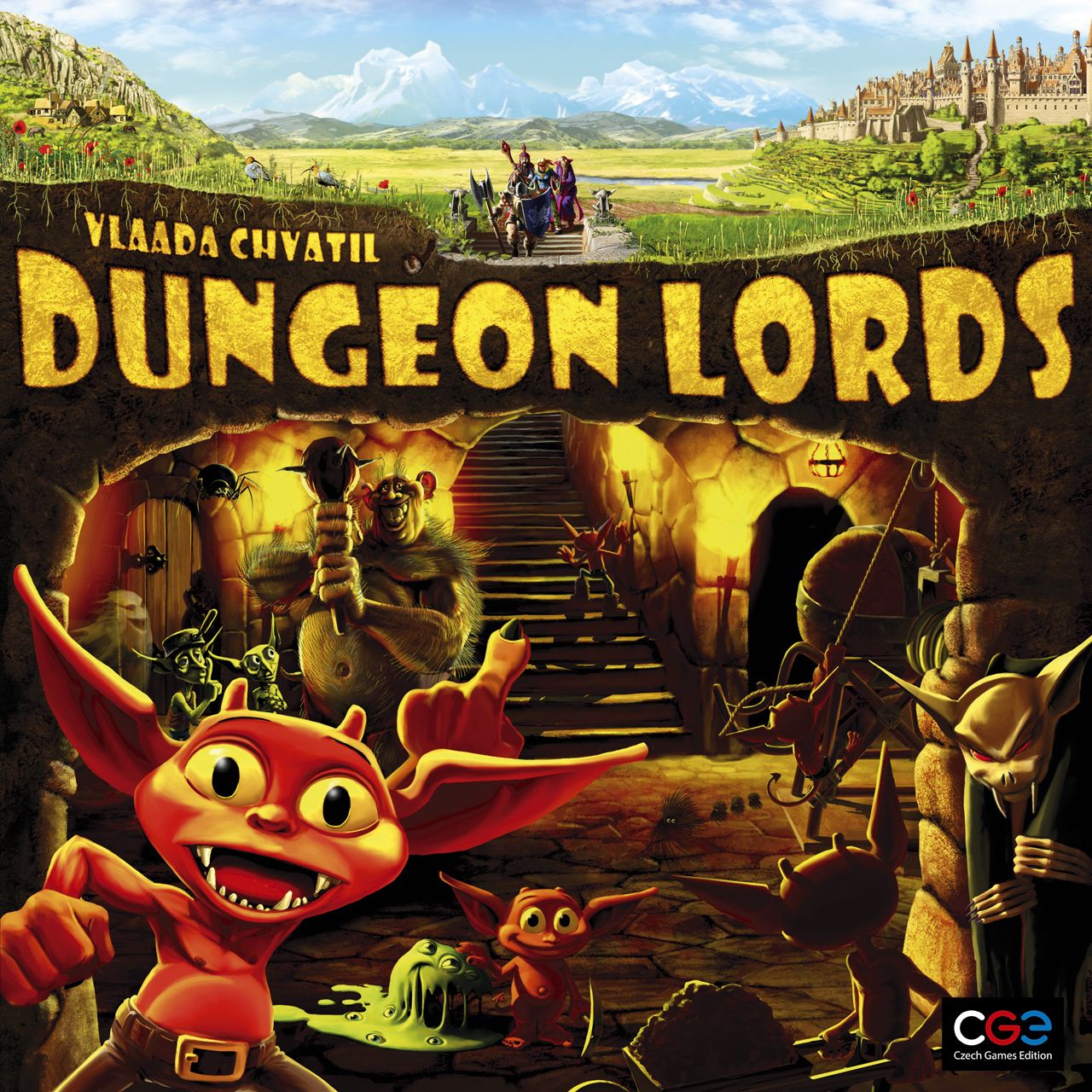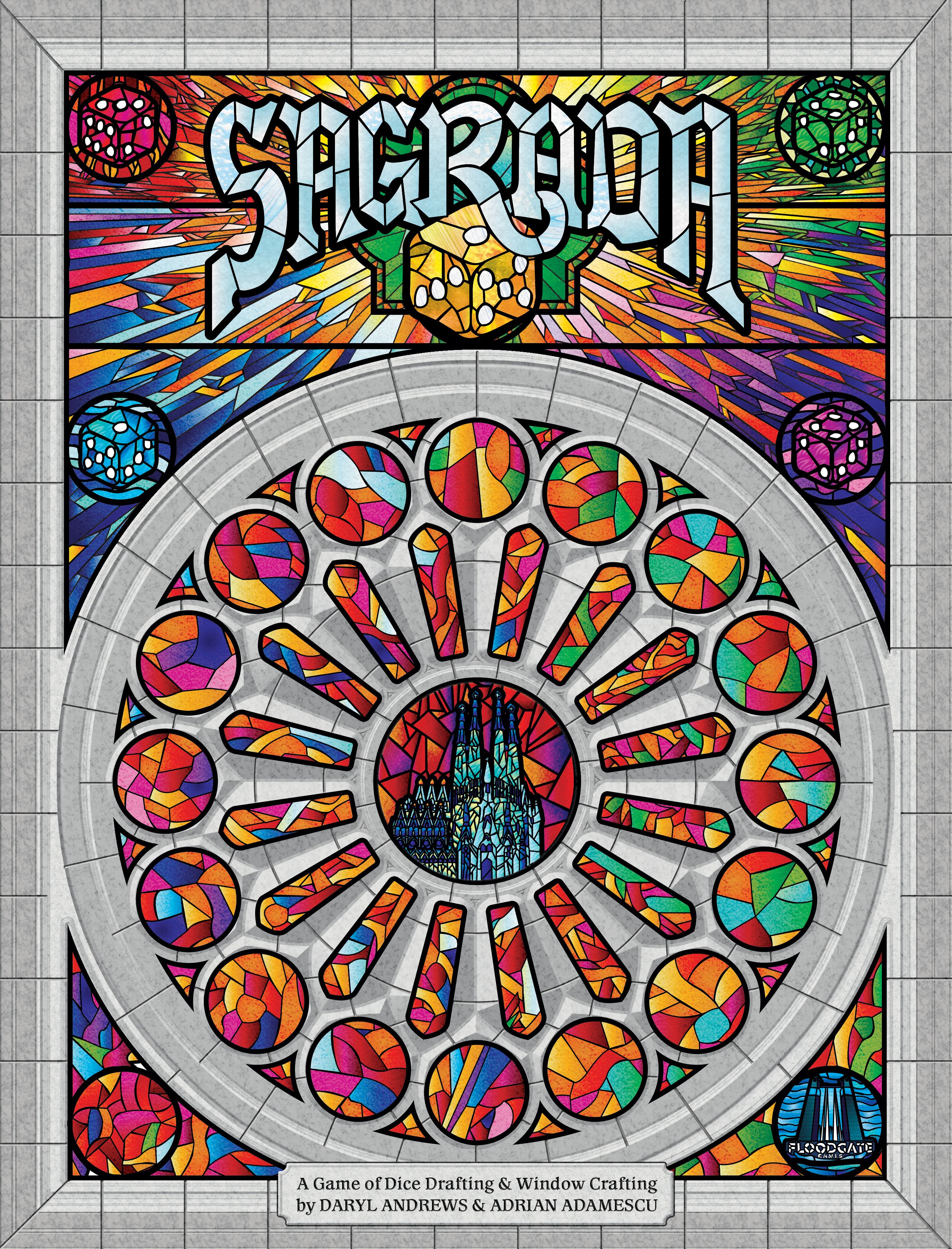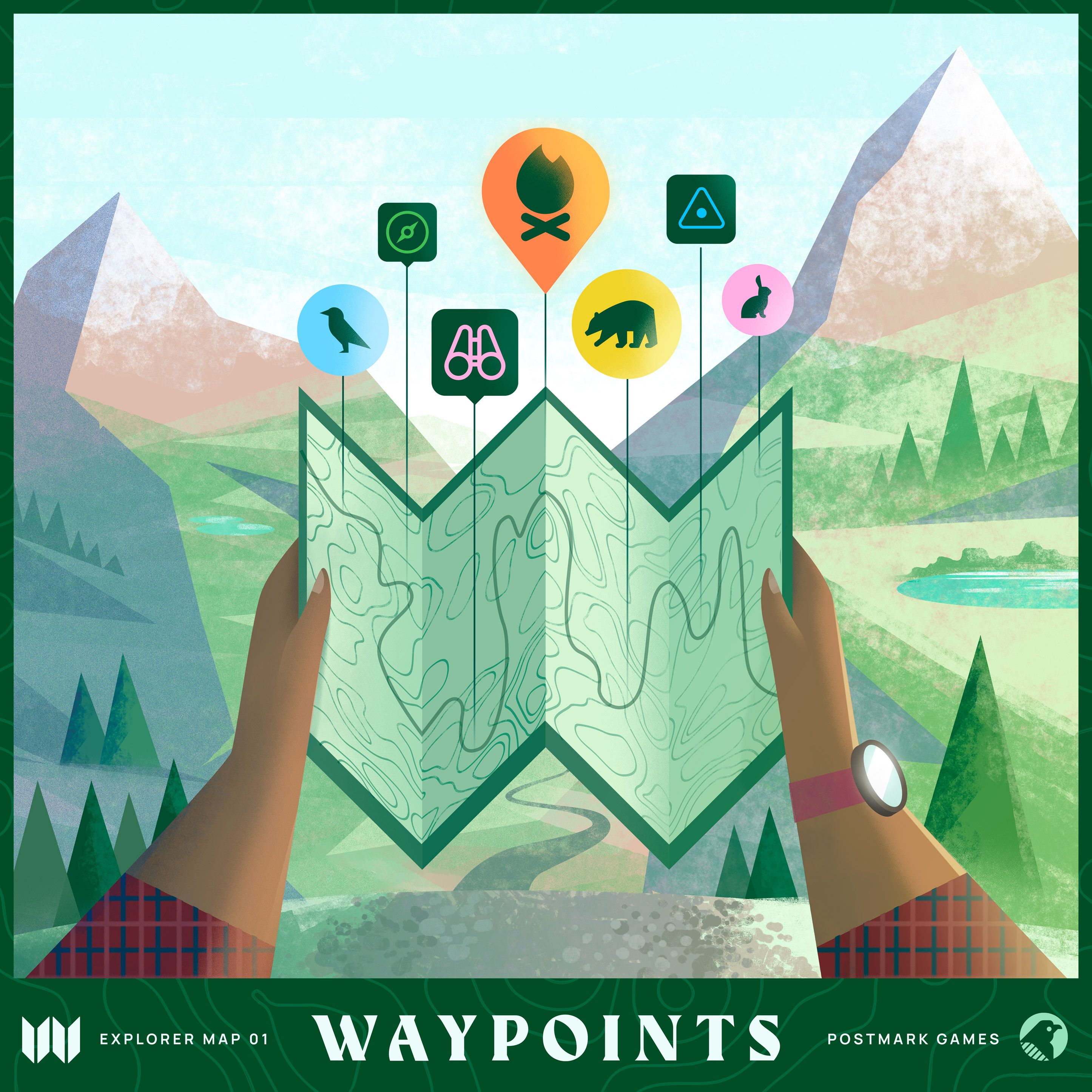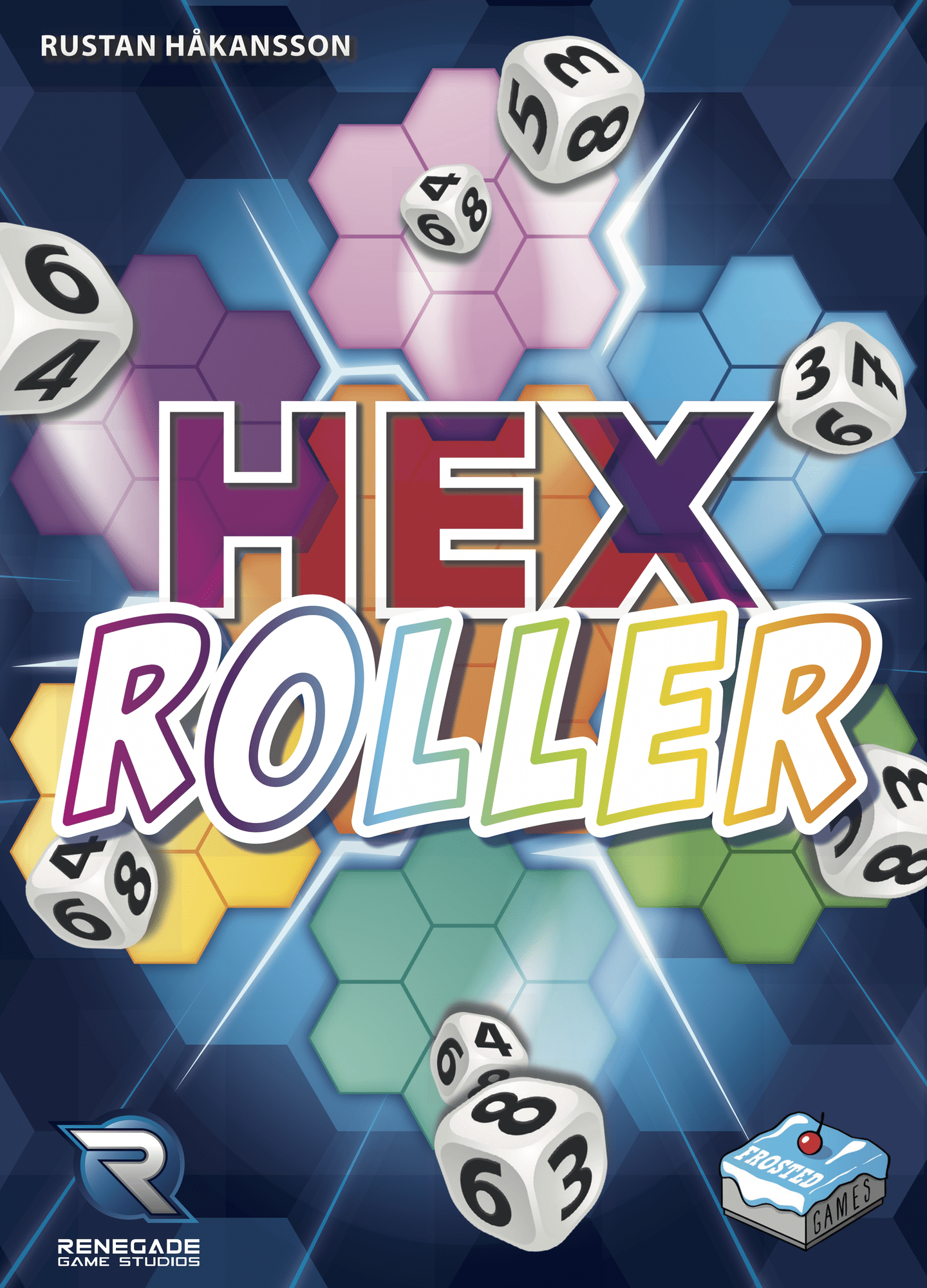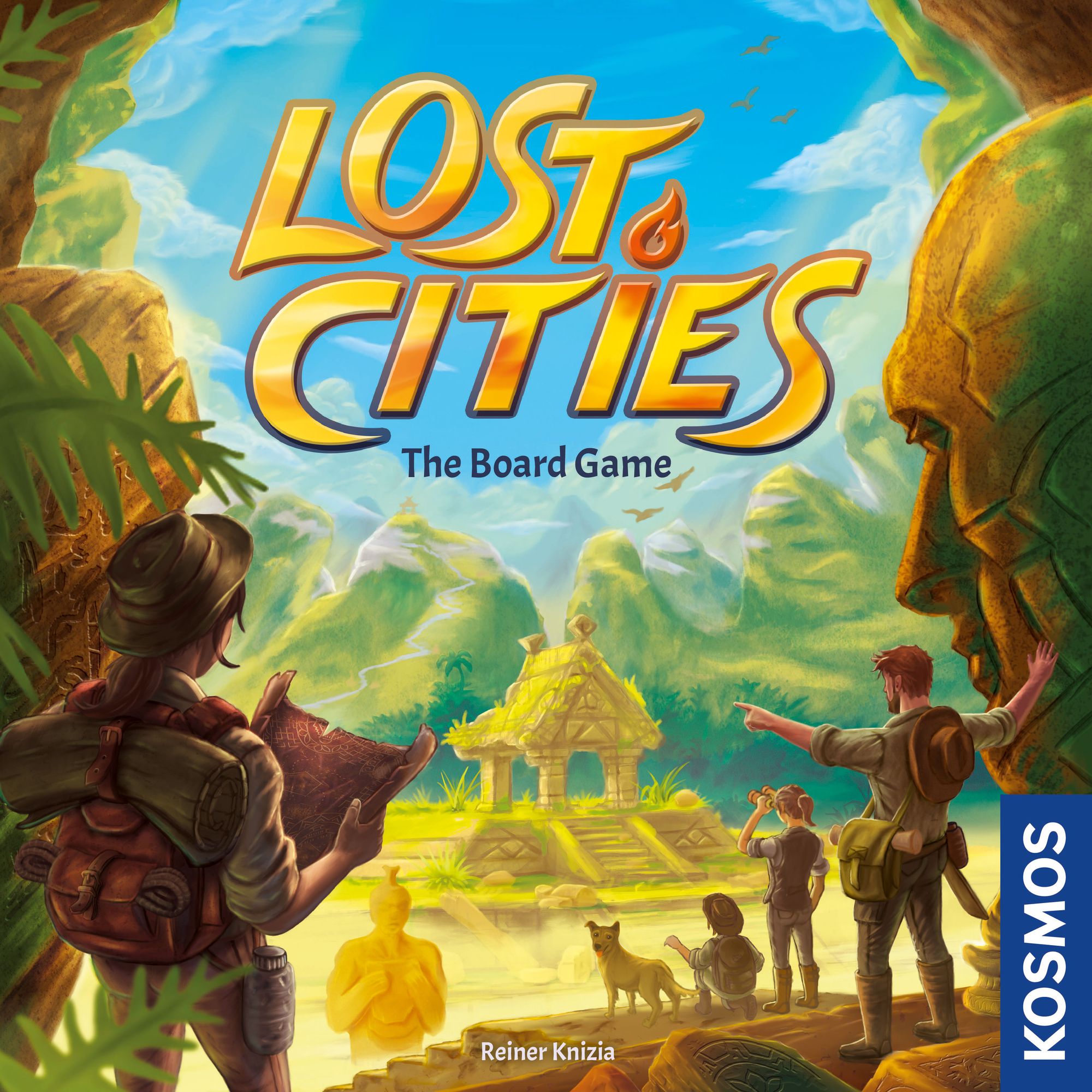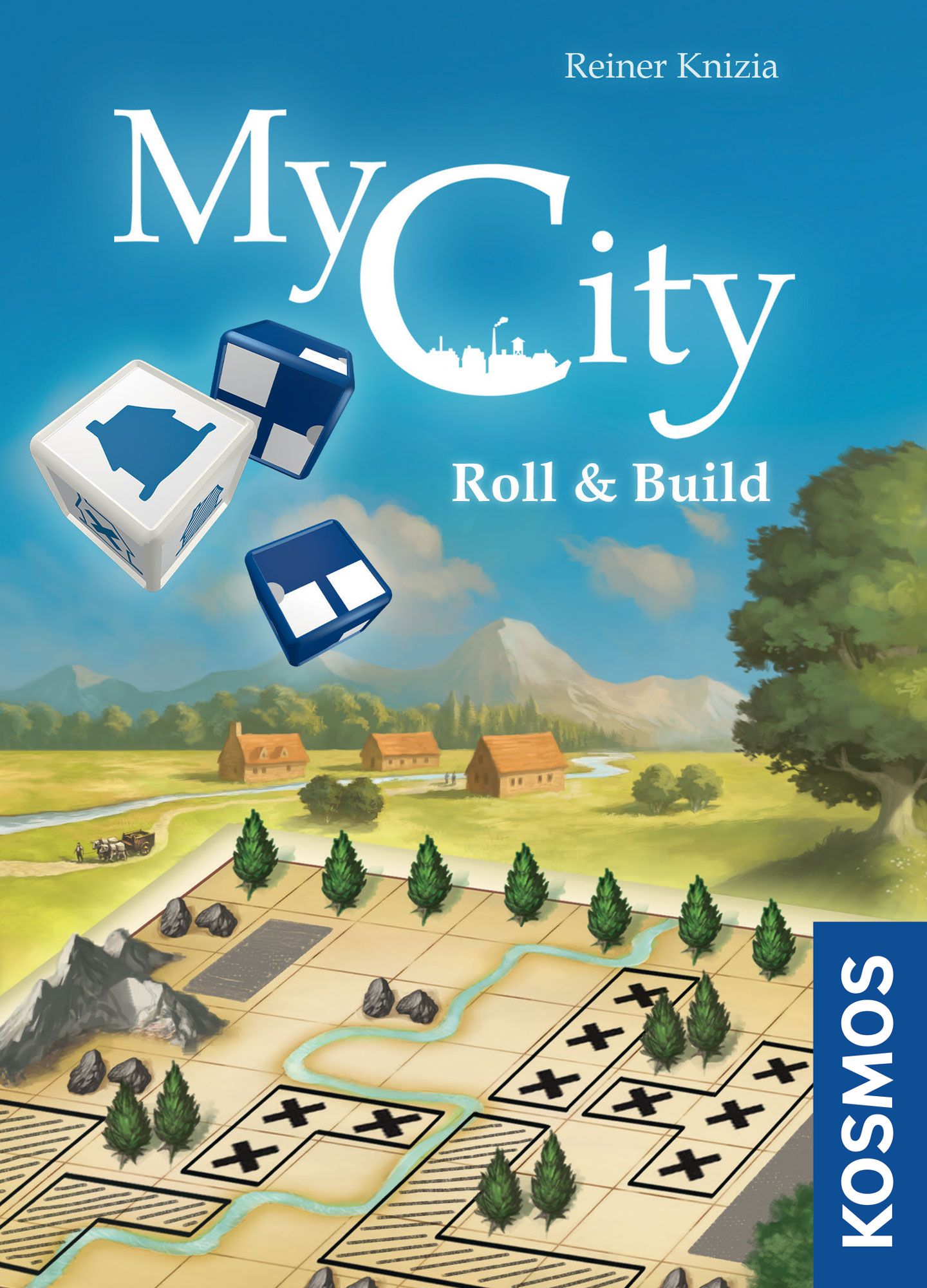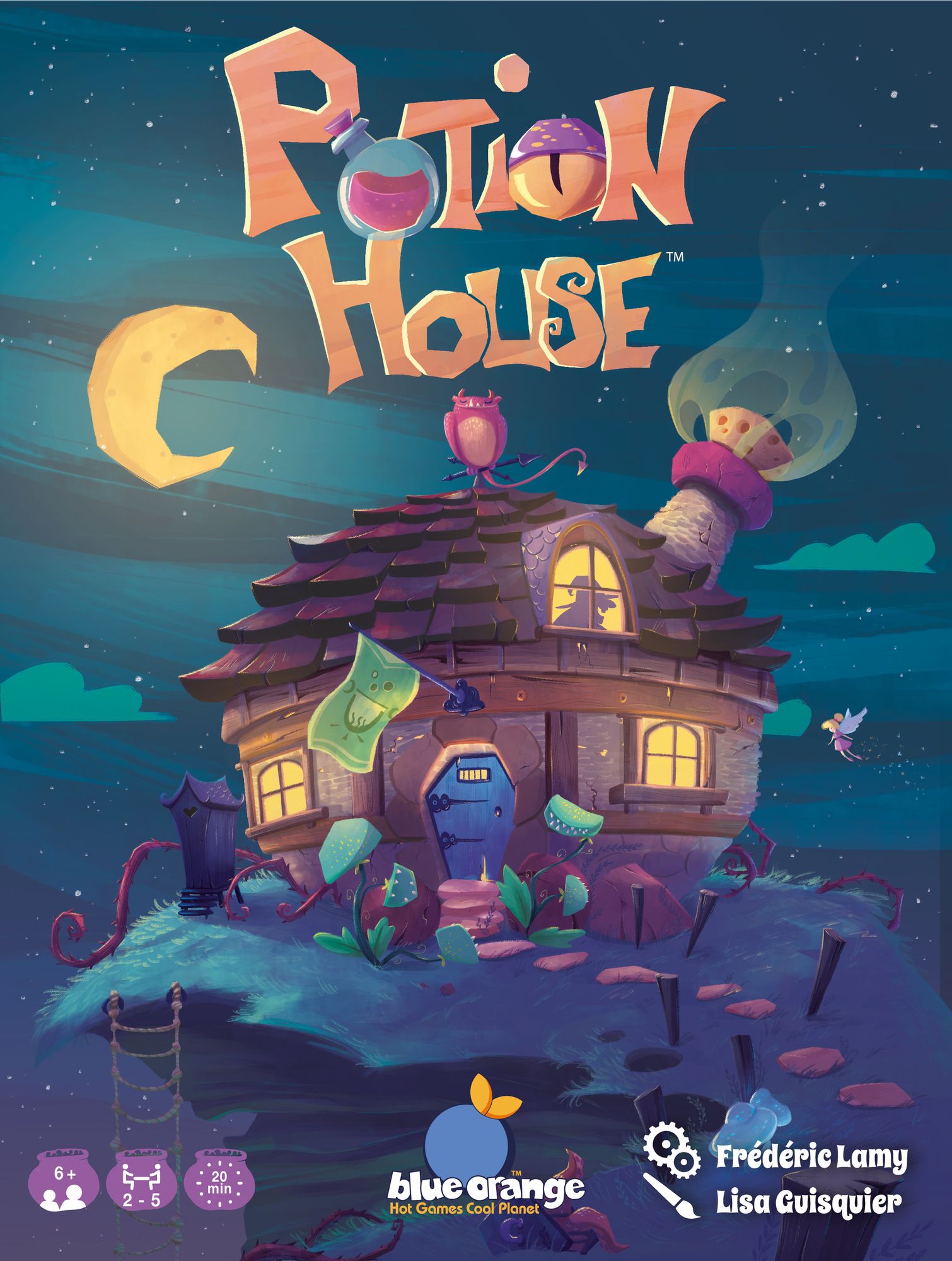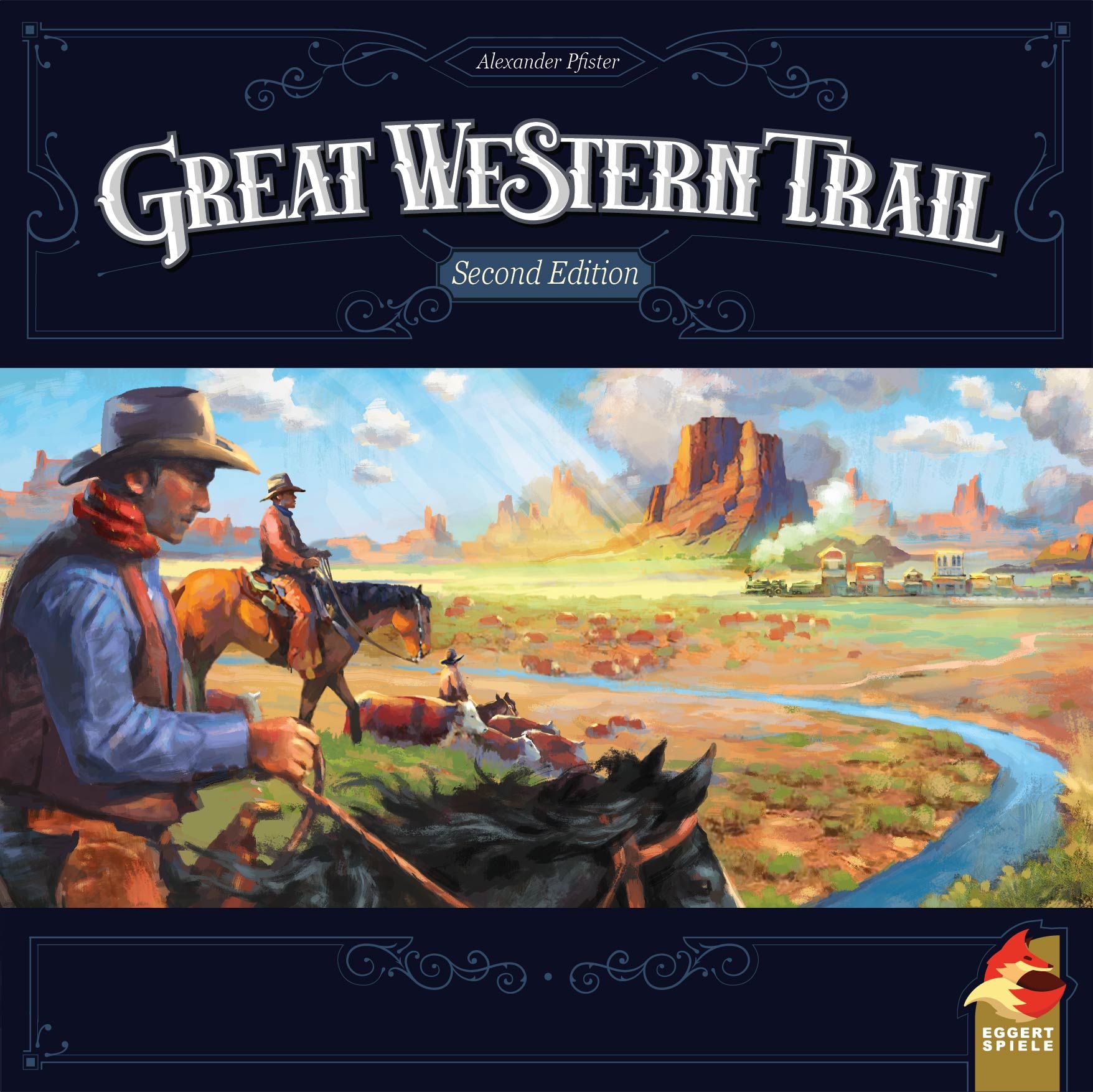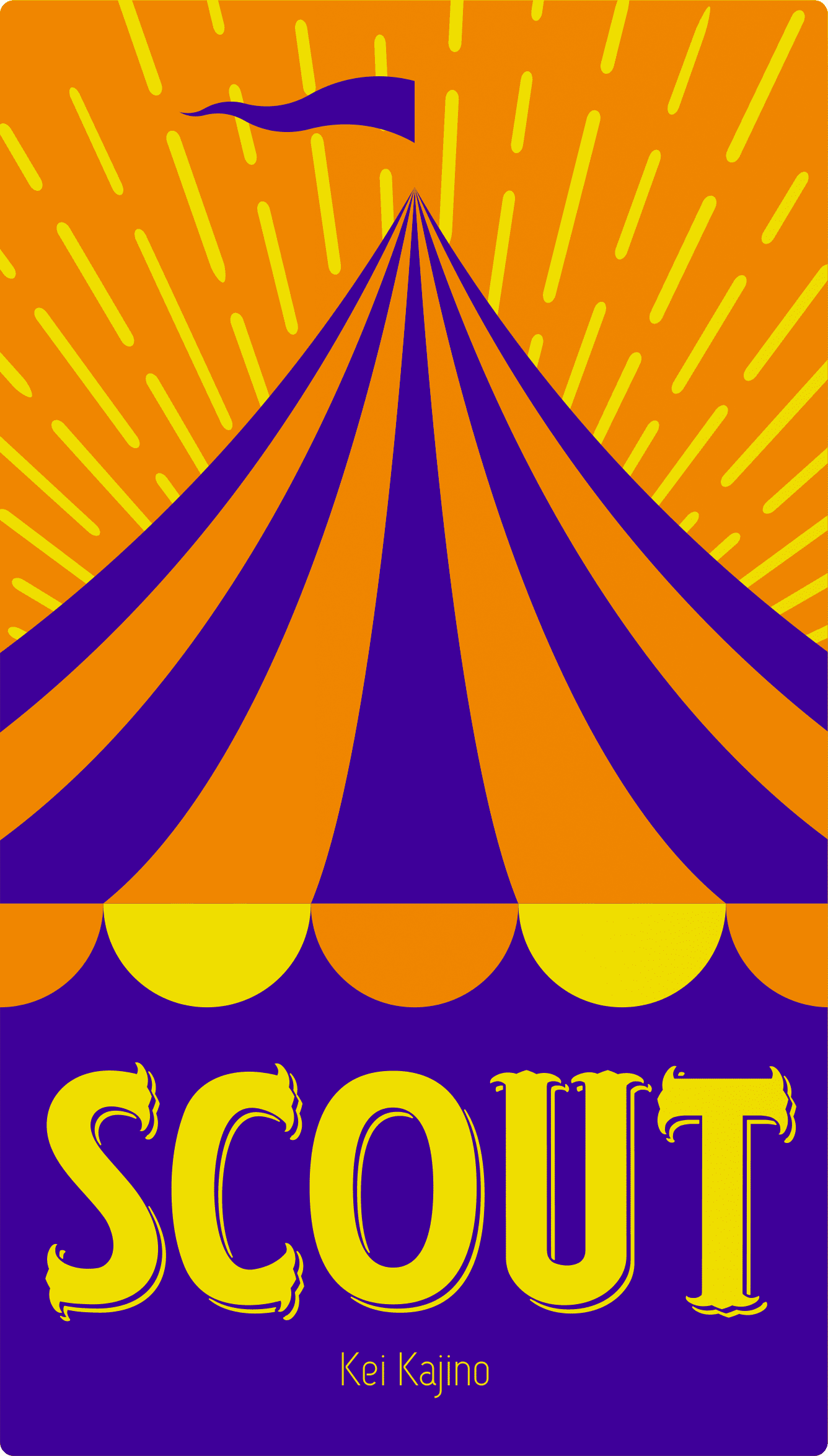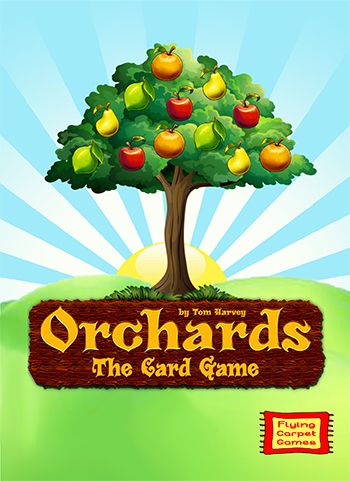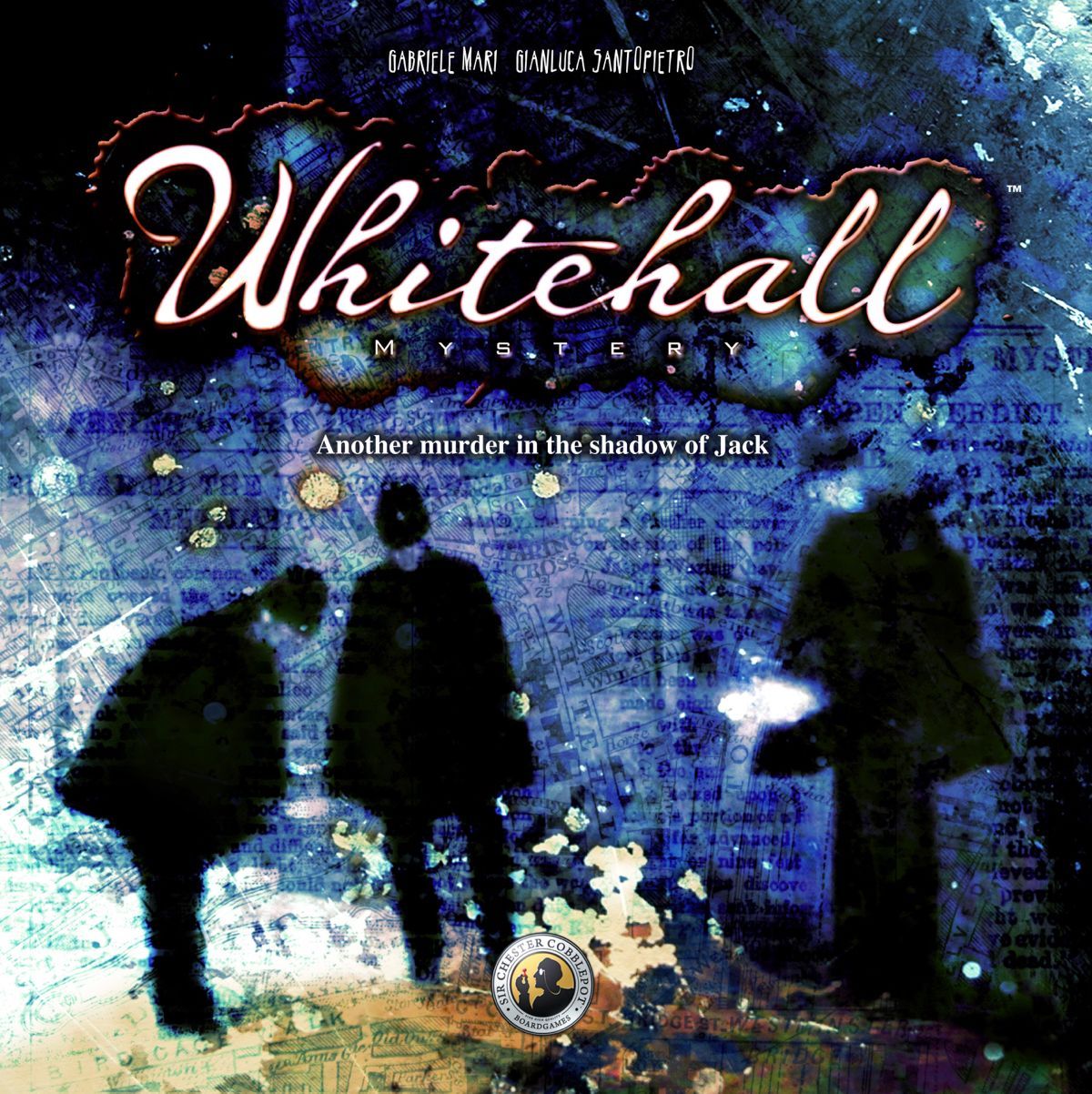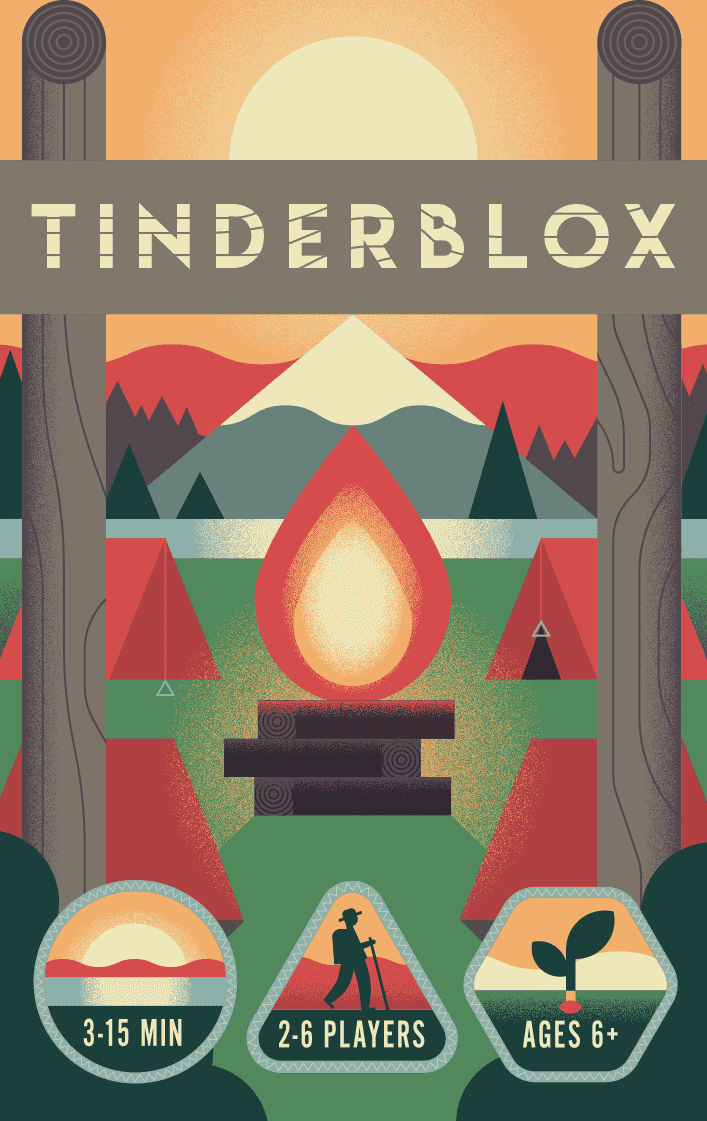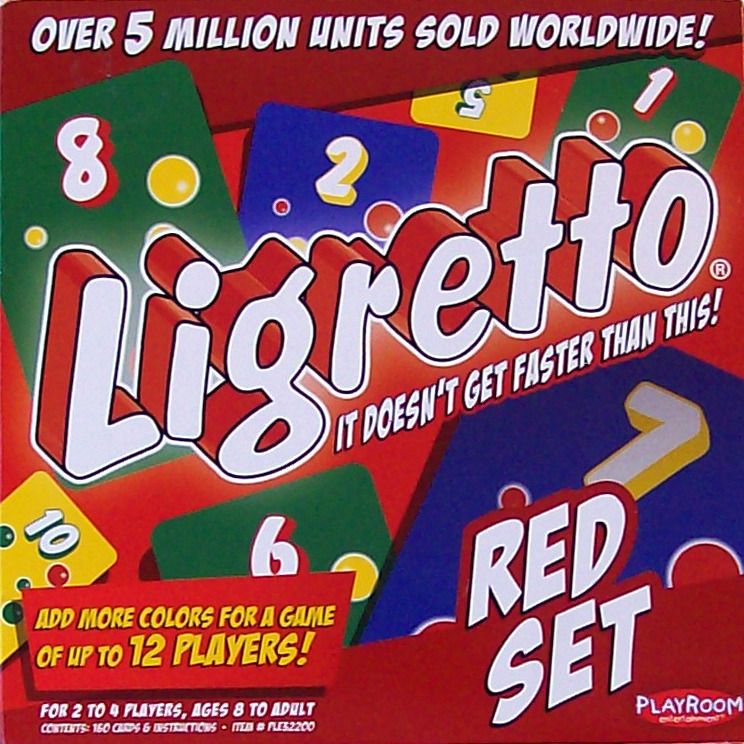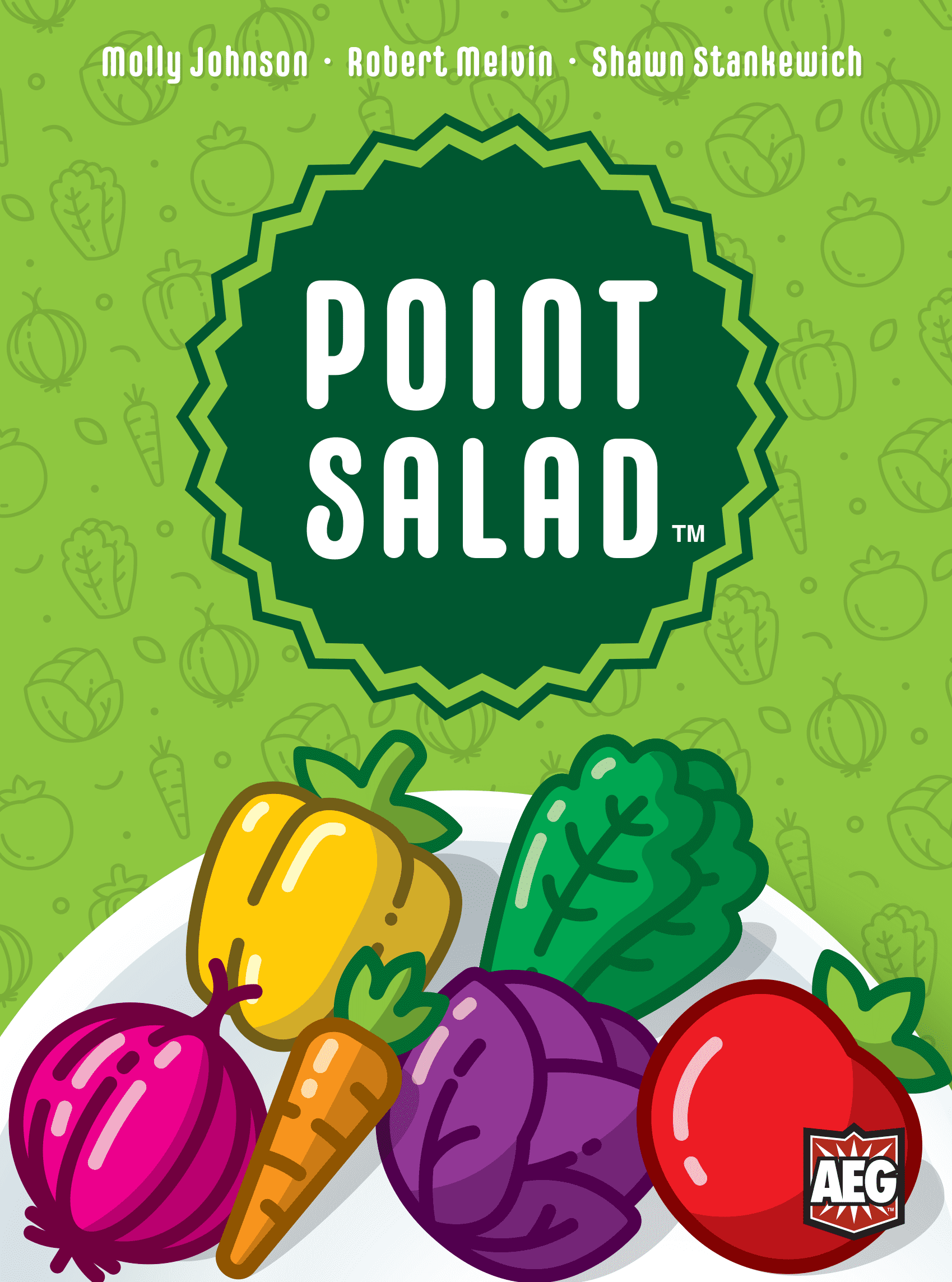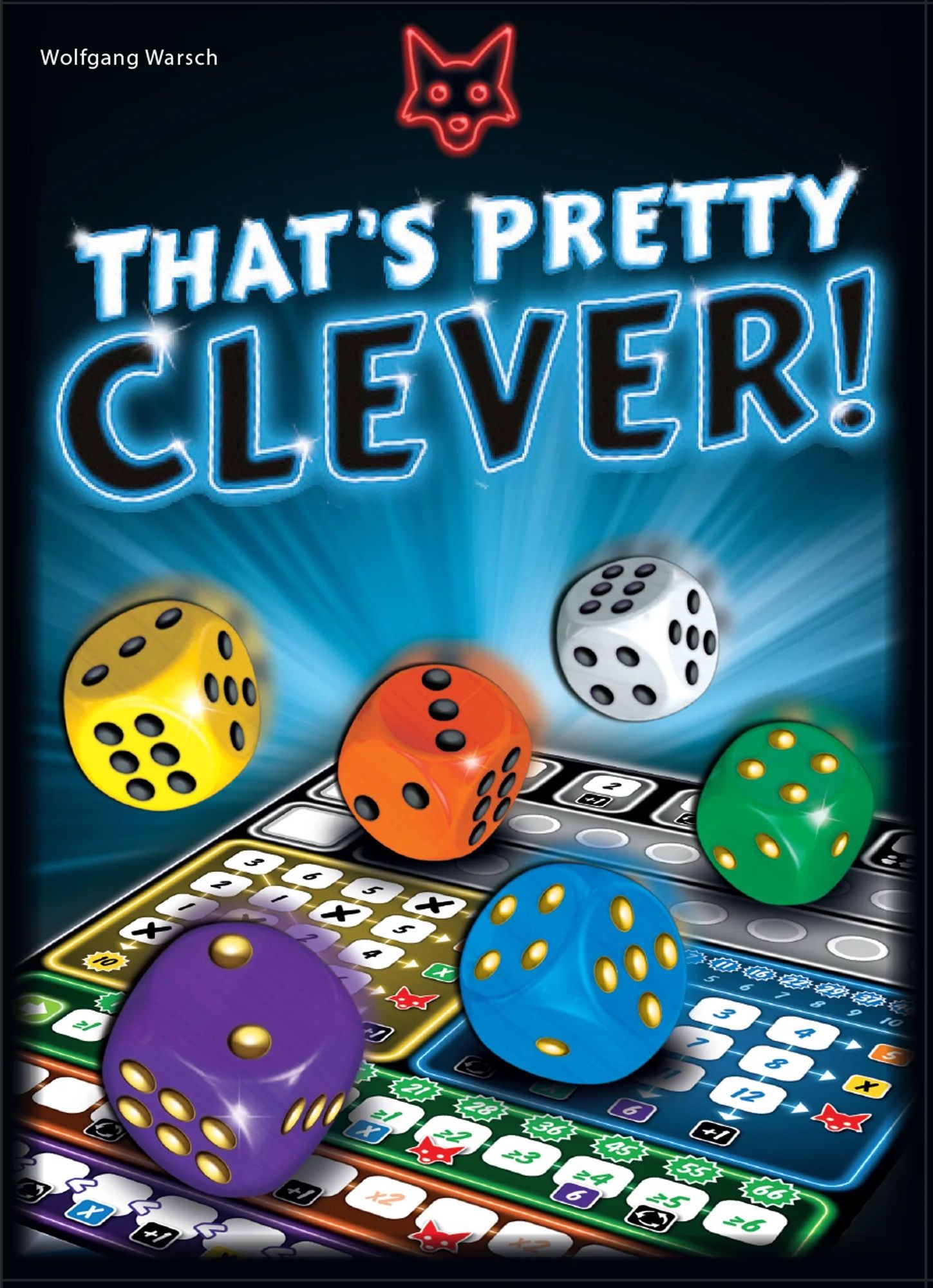Camel Up Cards BGG
other title:
Camel Up Cartas
/
Camel Up Kártyajáték
…
genre:
Card Game
platform:
Boardgame
publisher:
eggertspiele
/
999 Games
…
As with the board game Camel Up, Camel Up: The Card Game has players betting on camels as they make their way down a racetrack. Each player has some knowledge about which camels can move — and how far they can go when they do finally decide to move — but they can't be sure of when each one will move, so they'll just have to guess which ones will end in front of the others, hoping to earn a bit of money while doing so.
Camel Up: The Card Game was first released as Camel Up Cards. The second edition of the game features revised artwork and a crazy camel similar to those in Camel Up (Second Edition) that race backward on the track.
Camel Up: The Card Game was first released as Camel Up Cards. The second edition of the game features revised artwork and a crazy camel similar to those in Camel Up (Second Edition) that race backward on the track.
